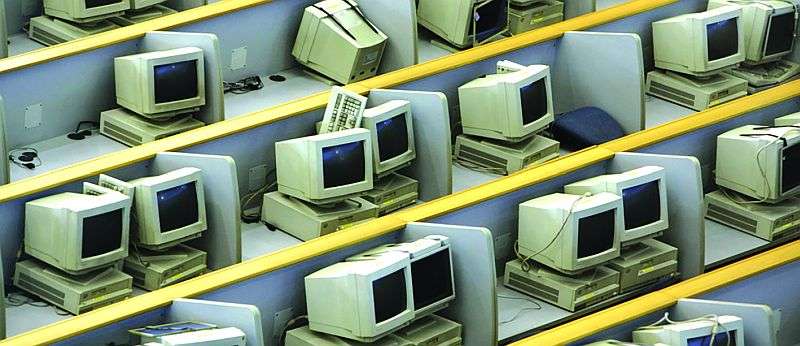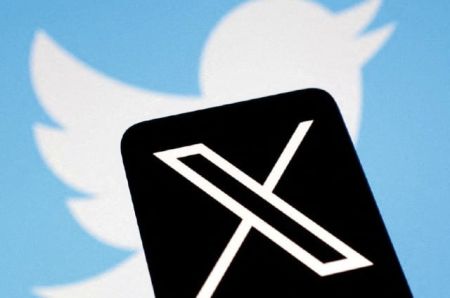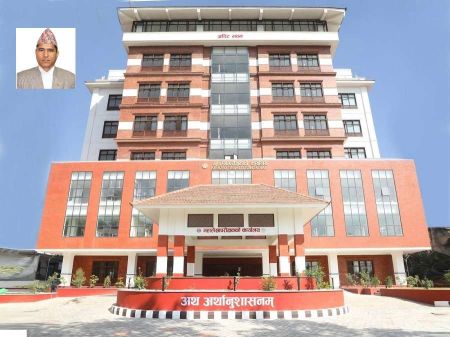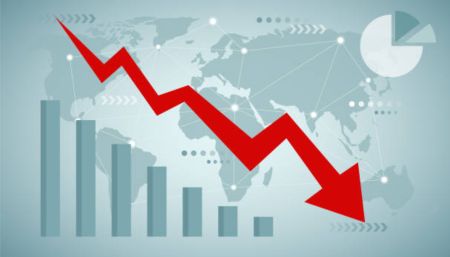In 2010, with mobile devices on the ascendancy, experts had consigned traditional PCs to the scrap yard. Yet almost a decade on, PCs keep marching on.
BY ASHIM NEUPANE
It is becoming apparent that the buzz phrase “The Death of PC”, one of the major topics of conversation in the tech sector earlier this decade, was an overstatement. Weathering an onslaught of mobile devices such as smartphones and tablets, the market for personal computers is thriving again with new products, services, and most importantly, technological innovation. Over the last few years, PC manufacturers have successfully come up with products keeping in mind the requirements of today, such as mobility, convenience and user-friendliness; factors that were absent in computers of yesteryears.
Statistics Tell the Tale
The late 2000s and early 2010s saw the global tech sector go through some ground-shifting changes. Mobile devices took over the tech market as ‘game changers’ in a bid to alter the future of computing. With the advent of smartphones, Apple’s iPad and Android-based tablets in the years following the launch of iPhone in 2007, the shrinking PC sales, particularly after 2010, made it clear that conventional computers were quickly losing ground to newer devices. In 2012, global PC shipments fell by 3.2 percent, the first decline in 11 years, according to the tech market research firm International Data Corporation (IDC). A report from another research firm Gartner further painted a bleak picture of the personal computer market, which stated that the worldwide PC shipments in 2013 declined by 10 percent from 2012 when 351.05 million units of PCs were shipped globally. This trend continued until 2016 when the shipment of traditional PCs dipped to 260 million units. Conversely, the worldwide tablet PC shipments witnessed a meteoric increase reaching 144.2 million units in 2012, a growth of 78 percent from 2011. In 2013, the shipment grew more than 50 percent to reach 219.9 million units. Meanwhile, the demand for smartphones was skyrocketing with shipments of such devices setting new records. However, the latter years have seen consolidation in the tech market. Looking at the data of 2017 and 2018, it is safe to say that the shipment of tablet PCs has nosedived and the demand for smartphones is entering into a saturated territory. According to statistics published by IDC, the worldwide tablet shipments decreased to 163.5 million units in 2017, a drop of 6.5 percent from 174.9 million in 2016. Though the statistics of the fourth quarter of the global shipment of devices in 2018 is yet to be published, the data of prior three quarters of last year suggests the demand for tablet PCs has mostly waned in the recent years. Similarly, after reaching a record high of over 1.5 billion units in 2015, the worldwide smartphone shipments totaled 1.472 billion units in 2017 which was at 1.473 billion units in 2016, indicating saturation of demand. For 2018, IDC has estimated a fall of 3 percent in worldwide smartphone shipments.
In the meantime, the global shipments of traditional PCs totaled 262.5 million in 2017, indicating that computer sales have found a footing for stability after years of continuous contraction. Further, 2018 was encouraging for computer makers regarding future growth prospects. The second quarter of last year was most robust for the global PC market as the shipments grew 2.7 percent on a year-on-year (y-o-y) basis, the first y-o-y growth of supply of traditional PCs in six years. The third quarter was also relatively stable despite a marginal fall of 0.9 percent.
The Multipurpose Nature of PCs
Aayush Karki, an official at the Marketing and Communications Department at Neoteric Nepal, the operator of the multibrand computer and gadget outlet Neo Store, thinks PCs are not going away anytime soon. “The market of tablets has declined over the years because such mobile devices are stuck in between the features of smartphones and PCs,” says Karki, adding, “The consumers have opted to purchase traditional PCs over tablets because the erstwhile can be upgraded as per need, but it is near impossible in case of the latter.”

Binod Dhakal, the immediate past president of Computer Association of Nepal (CAN), believes tablets will never replace laptops and desktops. “It is not possible for professionals like designers and programmers to work on tablet PCs. While mobile devices offer convenience to the users in many ways, traditional PCs are here to stay for a long time and will continue to evolve,” he says.
Affordability has been one of the factors driving the sales of tablet PCs. However, Dhakal, who is also the president of ICT Development Committee of Federation of Nepalese Chambers of Commerce and Industry (FNCCI), thinks that with some added investment, consumers can purchase PCs that offer multiple uses. According to sellers, mid-range tablets of established brands range from Rs 25,000 to Rs 30,000 in the local market, whereas entry-level laptops and desktops can be purchased around the same price point.
A New Wave of PC Evolution
When Apple’s iPad and Android-based tablet PCs first came to the market in 2010, such devices gained much popularity due to their slim design, mobility, multimedia functions and lower price points as compared to PCs. Nevertheless, things began to change in mid-2010s as PC manufacturers focused on producing lightweight laptops. This became possible after prominent chipmakers such as Intel and AMD focused their efforts to develop desktop-grade processors for laptops. Post 2010, the rise of notebooks and ultrabooks ushered a new era for ultraportable yet powerful laptops.
Similarly, PC manufacturers also engaged in producing hybrid laptops incorporating functionalities of both traditional PCs and tablets such as touchscreen displays, detachable keyboard, and so on. Further, the release of the Windows 8 operating system in 2012 and the Window 10 in 2015 marked a significant improvement in multimedia capabilities of PCs. Meanwhile, the growing use of efficient, faster and lighter storage system such as solid-state-drives (SSDs) that offer quicker data access time with lower latency also proved to be a game changer. Though pricier than hard-disk-drives (HDDs), SSDs are now installed inside laptop casings more than ever.
Advancements in Mobility
The portability of computers had remained a big piece of the puzzle to solve for computer manufacturers when it comes to PC gaming. However, recent years have seen gaming laptops becoming more portable and affordable with the performance of such computers increasing by leaps and bounds. For example, the MSI GS65 Stealth which was launched in 2018, weighs just 1.88 kg and packs a plethora of high-end specs including quad-core 3.9 GHz Intel Core i7-8750H processor, Nvidia GTX 1070 8GB GPU, 16GB DDR4 RAM, 512GB SSD storage and a 15.6 inch wide-angle FHD display. “The market of gaming laptops has grown exponentially over the last few years. Gamers usually don’t enjoy playing video games on tablets although many such devices available in the market are quite powerful,” mentions Karki of Neoteric Nepal.
John Jha, head of marketing at EvoStore, the authorised reseller of Apple in Nepal, said that the market of iPads has also seen a fall in recent years. “When the iPad was introduced in the market, the sale was outstanding, but in the recent times, Macbooks have overtaken the market,” says Jha. Although ultraportable laptops are costly, the speed and quality offered by such PCs are convenient for professionals. Apple’s 13-inch Macbook Air (2018), for example, weighs 1.25 kg and comes with specifications such as 8GB of RAM, a storage capacity of 256GB PCIe SSD, Retina Display, among others.
Conclusion
Constant innovation and foresight on the part of manufacturers and developers has seen PCs claw their way back into the market. While the convenience, mobility and user-friendliness offered by mobile devices are great incentives, PCs offer users a more powerful and multifunctional experience. Mobile devices too will evolve and grow over time; however, that does not necessarily signal the end of PCs. In an era where societies are dictated by technology, there is room for both PCs and mobile devices to co-exist.






















